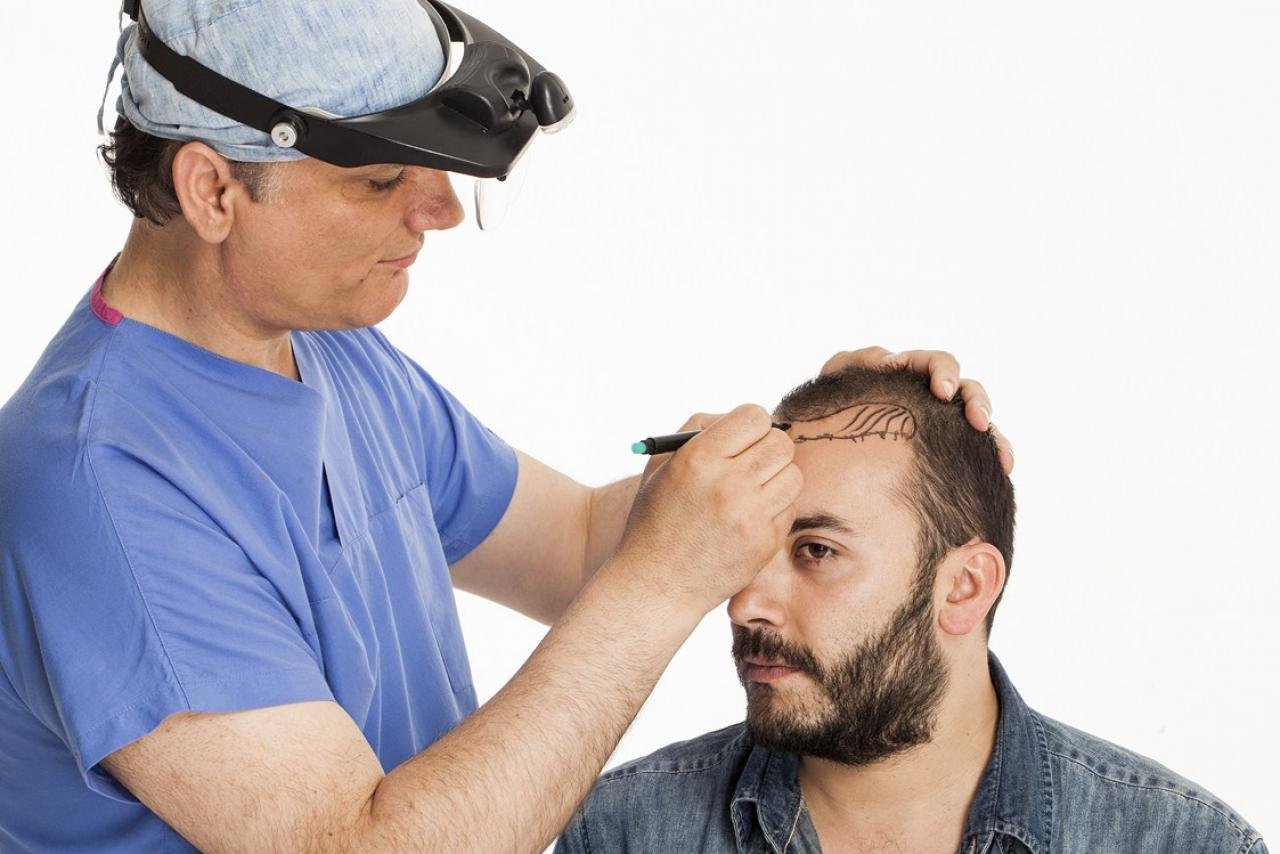
Hair loss can significantly impact self-confidence, making individuals seek effective solutions to restore hair density. One of the most reliable options is Hair Transplant in Islamabad, a procedure designed to provide natural-looking and long-lasting results. If you are considering this treatment, understanding how to achieve dense hair through a transplant is crucial. Learn more about the procedure at Hair Transplant in Islamabad.
This article will cover essential factors influencing hair density after a transplant and the best strategies to maximize results.
1. Understanding Hair Density in Transplants
Hair density refers to the number of hair follicles per square centimeter of the scalp. Achieving high density through a hair transplant depends on multiple factors, including the number of grafts, donor area quality, and implantation techniques.
✔ Normal Hair Density: Typically ranges between 60-100 hair follicles per cm².
✔ Post-Transplant Density: Aims to restore coverage while maintaining a natural appearance.
A skilled surgeon will ensure the correct distribution of hair grafts to enhance density effectively.
2. Factors That Affect Hair Density After a Transplant
Several factors influence the density achieved after a hair transplant:
A. Donor Area Availability
✔ A strong donor area (usually the back of the scalp) ensures enough follicles for a dense transplant.
✔ If donor hair is limited, alternative solutions like body hair transplantation may be considered.
B. Hair Type and Texture
✔ Thick and curly hair provides better coverage with fewer grafts.
✔ Thin or straight hair may require more grafts to achieve the same density.
C. Graft Survival Rate
✔ Proper extraction, storage, and implantation increase graft survival.
✔ Poor technique can damage follicles, reducing density.
D. Transplantation Technique
✔ Follicular Unit Extraction (FUE): Extracts individual follicles, allowing precise placement.
✔ Follicular Unit Transplantation (FUT): Uses a strip of scalp, ideal for high-density transplants.
Choosing the right method based on hair characteristics can improve the final result.
3. Best Techniques for Achieving Maximum Hair Density
Hair transplant clinics use advanced techniques to maximize density while ensuring natural-looking results.
A. High-Graft Count Transplants
✔ More grafts mean better coverage.
✔ Surgeons may transplant between 3,000 to 5,000 grafts for full restoration.
B. Proper Angling and Direction of Grafts
✔ Grafts must be placed at the correct angle to mimic natural hair growth.
✔ Poor angling can result in an unnatural appearance.
C. Dense Packing Method
✔ Places grafts closer together to increase fullness.
✔ Requires high precision to avoid damaging blood supply to follicles.
4. How Many Grafts Are Needed for Dense Hair?
The number of grafts required varies depending on the level of baldness and desired density.
✔ Mild Hair Loss: 1,500 – 2,000 grafts.
✔ Moderate Hair Loss: 2,500 – 3,500 grafts.
✔ Severe Hair Loss: 4,000 – 5,000+ grafts.
A professional evaluation will determine the exact number needed for optimal results.
5. Post-Transplant Care to Improve Density
Proper aftercare is essential to ensure the survival of transplanted follicles and promote thick hair growth.
✔ Avoid Touching the Scalp: Prevents graft displacement.
✔ Use Gentle Shampoos: Reduces irritation and promotes healing.
✔ Stay Hydrated: Encourages healthy hair growth.
✔ Follow the Doctor’s Instructions: Ensures better graft retention.
Neglecting aftercare can reduce hair density and affect overall results.
6. The Role of PRP Therapy in Enhancing Density
Platelet-Rich Plasma (PRP) therapy is often combined with a hair transplant to boost hair growth.
✔ Promotes Faster Healing: Speeds up tissue repair.
✔ Strengthens Hair Follicles: Improves graft retention.
✔ Stimulates Natural Growth: Encourages thicker hair over time.
PRP injections can be taken post-transplant to enhance hair density.
7. Timeline for Achieving Maximum Hair Density
Hair transplants take time to show full results. Here’s what to expect:
✔ 1-3 Months: Shedding of transplanted hair (normal shock loss).
✔ 4-6 Months: New hair growth begins.
✔ 8-12 Months: Significant improvement in density.
✔ 12-18 Months: Full results with maximum thickness.
Patience is key to seeing the final outcome.
8. Common Mistakes That Reduce Hair Density
Avoiding certain mistakes can help achieve the best density:
✔ Overharvesting from the Donor Area: Leads to uneven hair distribution.
✔ Choosing an Inexperienced Surgeon: Increases the risk of poor graft survival.
✔ Not Following Aftercare Instructions: Can result in hair loss.
Selecting a qualified surgeon and following proper care guidelines are crucial for success.
9. Alternative Treatments for Thicker Hair
If a hair transplant alone does not provide the desired density, additional treatments can help:
✔ Minoxidil: A topical treatment that stimulates hair growth.
✔ Finasteride: Reduces hair loss by blocking DHT.
✔ Scalp Micropigmentation (SMP): Creates the illusion of density using pigment.
These treatments can be combined with a transplant for enhanced results.
10. Choosing the Right Clinic for High-Density Transplants
Selecting a reputable clinic is essential for achieving dense hair after a transplant. Look for:
✔ Experienced Surgeons: Specialists in high-density procedures.
✔ Modern Techniques: Use of FUE and FUT for optimal results.
✔ Positive Patient Reviews: Testimonials from past clients.
A well-equipped clinic ensures better hair density and natural-looking outcomes.
Conclusion
Achieving dense hair through Hair Transplant in Islamabad requires a combination of advanced techniques, skilled surgeons, and proper aftercare. Factors such as donor hair availability, transplantation method, and post-procedure care all contribute to the final result. By selecting an experienced clinic, patients can maximize their hair density and enjoy long-lasting results.